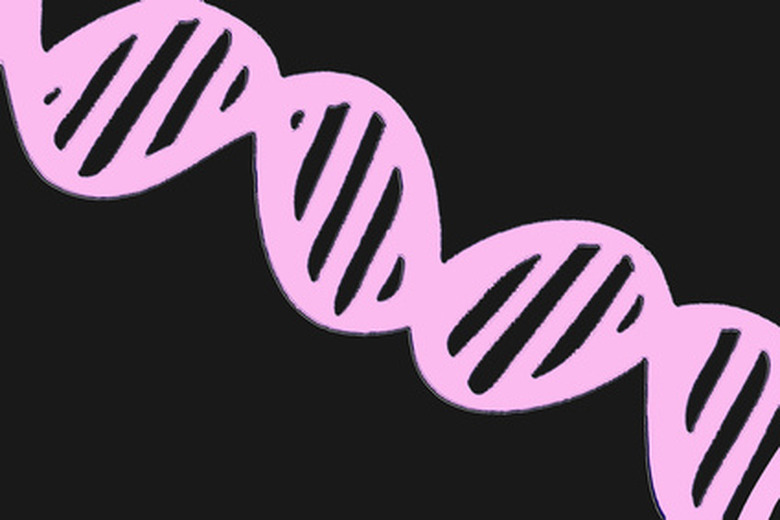Dark Repair Mechanism Vs. Light Repair In DNA
DNA has many repair pathways. One must occur in the light, and several can occur in the dark. These mechanisms are distinguished by whether the enzymes required to perform the actions obtain their energy from the sun.
UV Damage
Two bases of DNA can become cross-linked in the presence of UV light. This cross-linking prevents a variety of cellular processes from occurring, including DNA replication.
Light Reactions
In light repair, an enzyme called photolyase cleaves cross-linked DNA caused by UV damage. Photolyase requires the energy of the sun.
Dark Reactions
Dark reactions use an enzyme called N-glycosylase to cleave cross-links in DNA. Specifically, N-glycosylase does not require energy from the sun.
Recombinational Repair
Recombinational repair is also a DNA repair mechanism that does not require light. DNA replication machinery cannot replicate across cross-linked DNA bases. However, it can skip across, leaving a gap. This gap can be filled by the opposite chromosome after replication, but before cellular division has occurred. This process is known as homologus recombination and does not require light.
Excision Repair
Excision repair occurs when the cross-linked base-pairs are recognized by a protein complex that removes several bases spanning before and after the cross-link. After removal, the DNA is correctly replicated using the nondistorted strand as a template.
Cite This Article
MLA
Wasserman, Robin. "Dark Repair Mechanism Vs. Light Repair In DNA" sciencing.com, https://www.sciencing.com/dark-vs-light-repair-dna-6743117/. 24 April 2017.
APA
Wasserman, Robin. (2017, April 24). Dark Repair Mechanism Vs. Light Repair In DNA. sciencing.com. Retrieved from https://www.sciencing.com/dark-vs-light-repair-dna-6743117/
Chicago
Wasserman, Robin. Dark Repair Mechanism Vs. Light Repair In DNA last modified March 24, 2022. https://www.sciencing.com/dark-vs-light-repair-dna-6743117/
